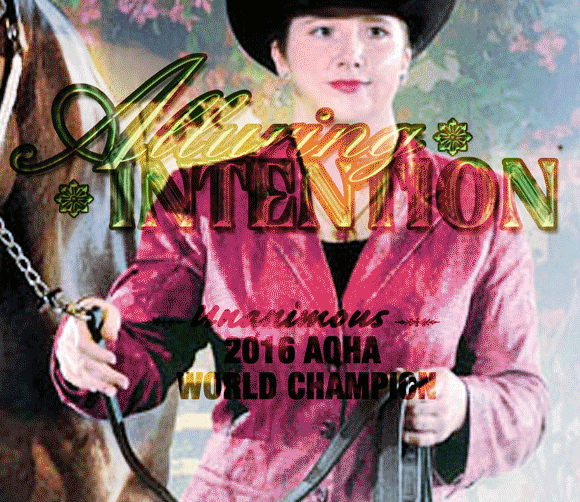Alfalfa Particle Size and Gastric Ulceration
Equine Science Update by: Mark Andrews
Alfalfa is a popular forage for horses, and is often recommended to help prevent gastric ulcers. It is believed to have beneficial effects on gastric mucosa by buffering gastric pH because of its high content of calcium, magnesium, and protein.
Alfalfa, also known as lucerne, is available in various forms (such as hay, pellets, chaff, and cubes). Does the size of the alfalfa particles influence their effect on the gastric mucosa.
Researchers in Germany set out to investigate the effects on the gastric mucosa of feeding two alfalfa preparations with different particle sizes (alfalfa chaff and alfalfa pellets) compared with grass hay.
Sarah Vondran, and Ingrid Vervuert of the Institute of Animal Nutrition, Nutrition Diseases and Dietetics, Faculty of Veterinary Medicine, University of Leipzig, worked with Monica Venner , of the Equine Veterinary Clinic, Destedt on the project. The research has been reported in BMC Veterinary Research.
Seventy warmblood foals were included in the study. Weanling foals were used as weaning had been shown to be a risk factor for gastric ulceration.
 Three days before weaning, the foals were introduced to one of three diets: 3 kilograms of alfalfa chaff, 3 kg alfalfa pellets or grass hay free access grass hay. The foals also received a supplement based on oats and soybean meal which contained minerals as appropriate to ensure all groups received diets with similar overall nutrient content.
Three days before weaning, the foals were introduced to one of three diets: 3 kilograms of alfalfa chaff, 3 kg alfalfa pellets or grass hay free access grass hay. The foals also received a supplement based on oats and soybean meal which contained minerals as appropriate to ensure all groups received diets with similar overall nutrient content.
The research team carried out gastroscopic examination of the foals before, and two weeks after weaning.
They found that before weaning, at least one gastric mucosal lesion was present in 84.3% of foals. Fourteen days after weaning, lesions were present in almost 100 % of foals’ stomachs. Both before and after weaning, most of the lesions were found at the greater curvature of the squamous mucosa and at the lesser curvature.
Feeding alfalfa failed to improve gastric mucosal lesion scores in weanlings. After weaning, gastric mucosal lesions at the pylorus (where the food material leaves the stomach and enters the duodenum) were significantly worse in the group fed alfalfa chaff, than in the alfalfa pellet or grass hay-
“These results were surprising,” the researchers say, “because alfalfa chaff has been suggested to be associated with higher saliva production due to the more intensive chewing involved; increased saliva flow is known to have a buffering effect on the stomach.”
They noted that 91 % of alfalfa chaff particles were longer than 2 mm, while 60 % of alfalfa pellets particles were smaller than 0.25 mm.
They suggest a possible explanation is that the harsh structure of alfalfa chaff may cause mechanical damage to the pylorus, leaving the mucosa open to further damage from gastric acids, short chain fatty acids and/or bile salts.
They conclude, “These findings stress the importance of scoring all gastric regions separately. Furthermore, in the past, particle size has been neglected in equine nutrition; however, our data seem to show this might be an issue in the occurrence of pyloric lesions.”
For more details, see:
Effects of two alfalfa preparations with different particle sizes on the gastric mucosa in weanlings: alfalfa chaff versus alfalfa pellets
Sarah Vondran, Monica Venner , Ingrid Vervuert
BMC Veterinary Research (2016) 12:110











